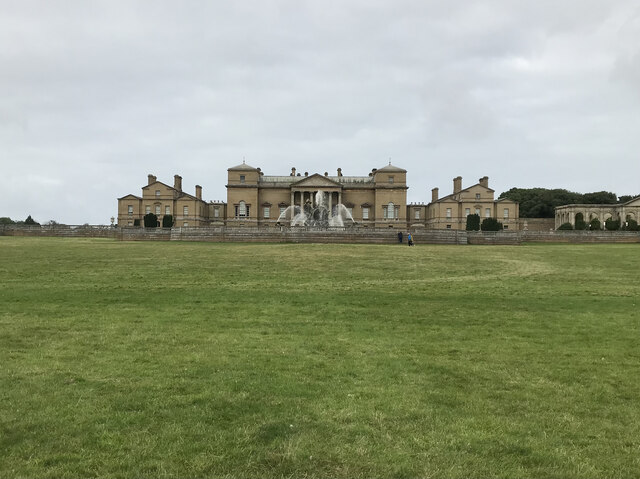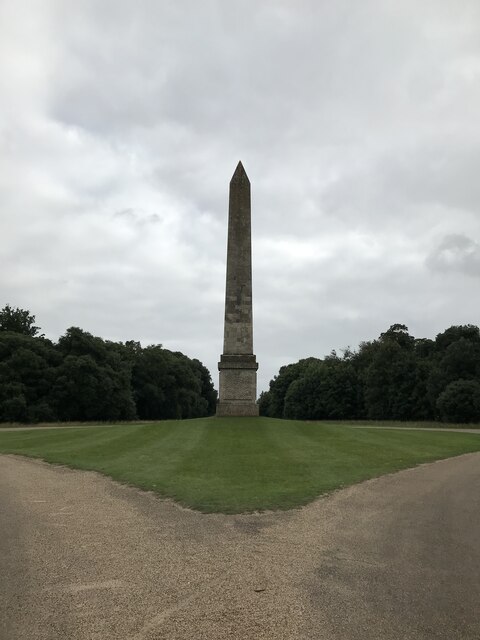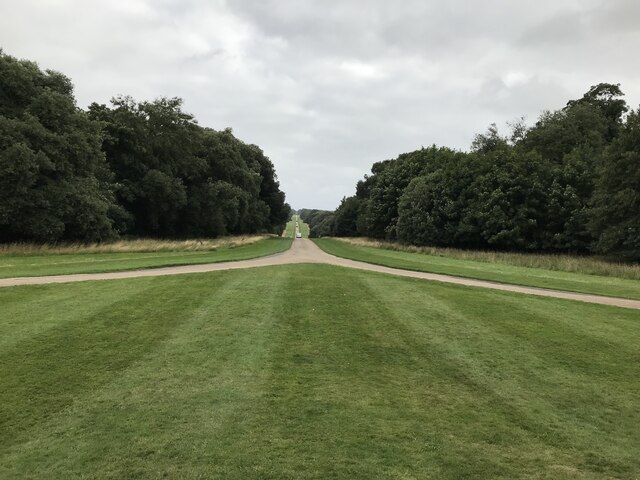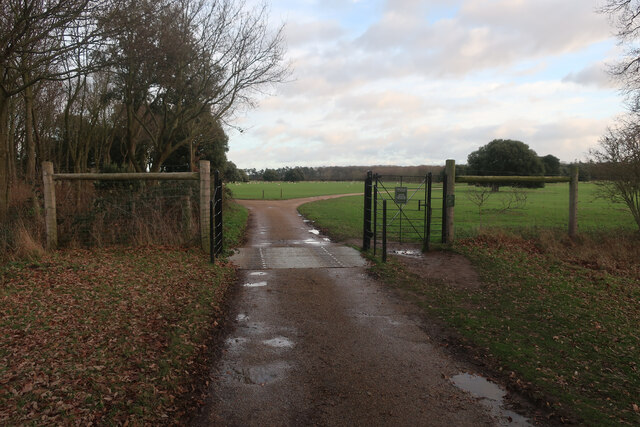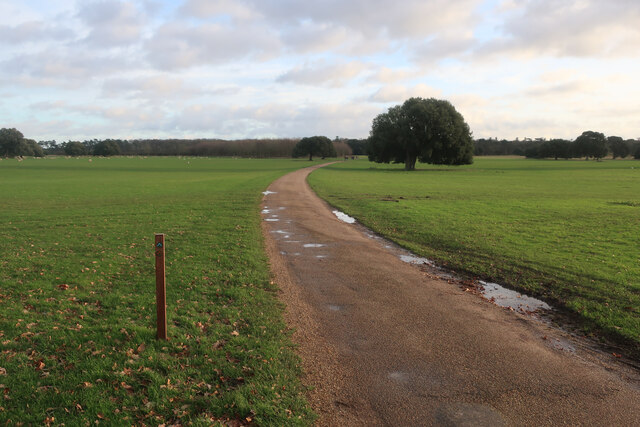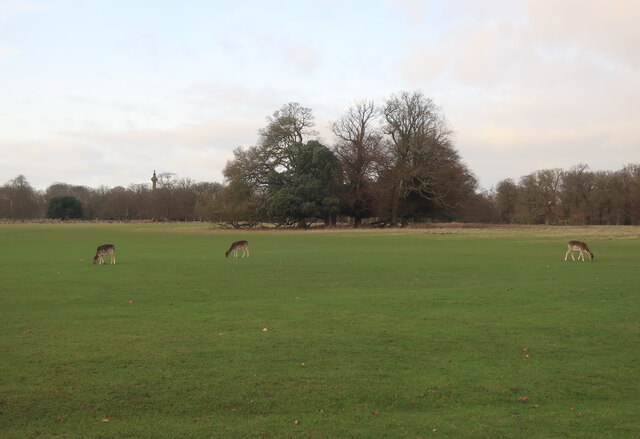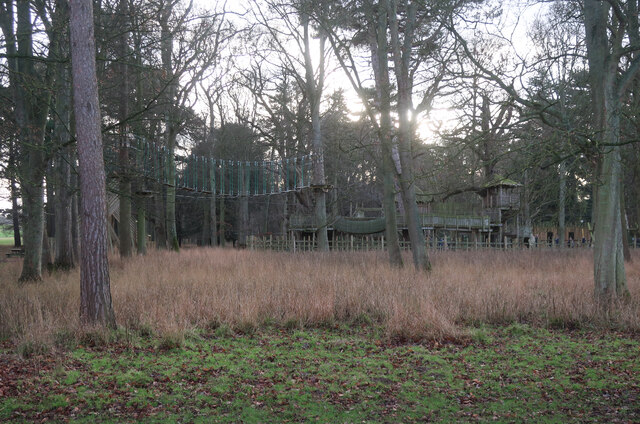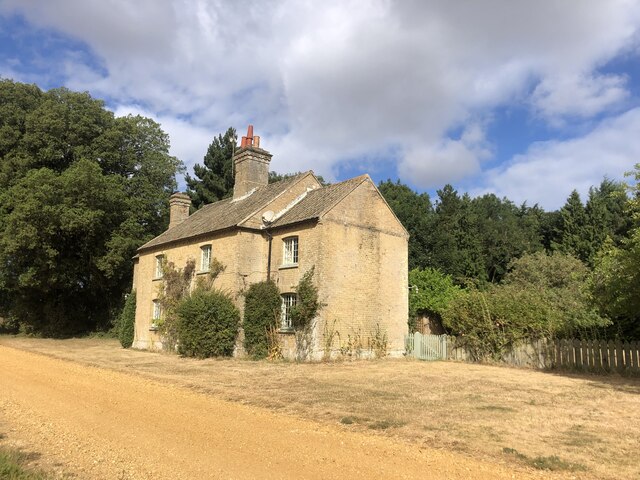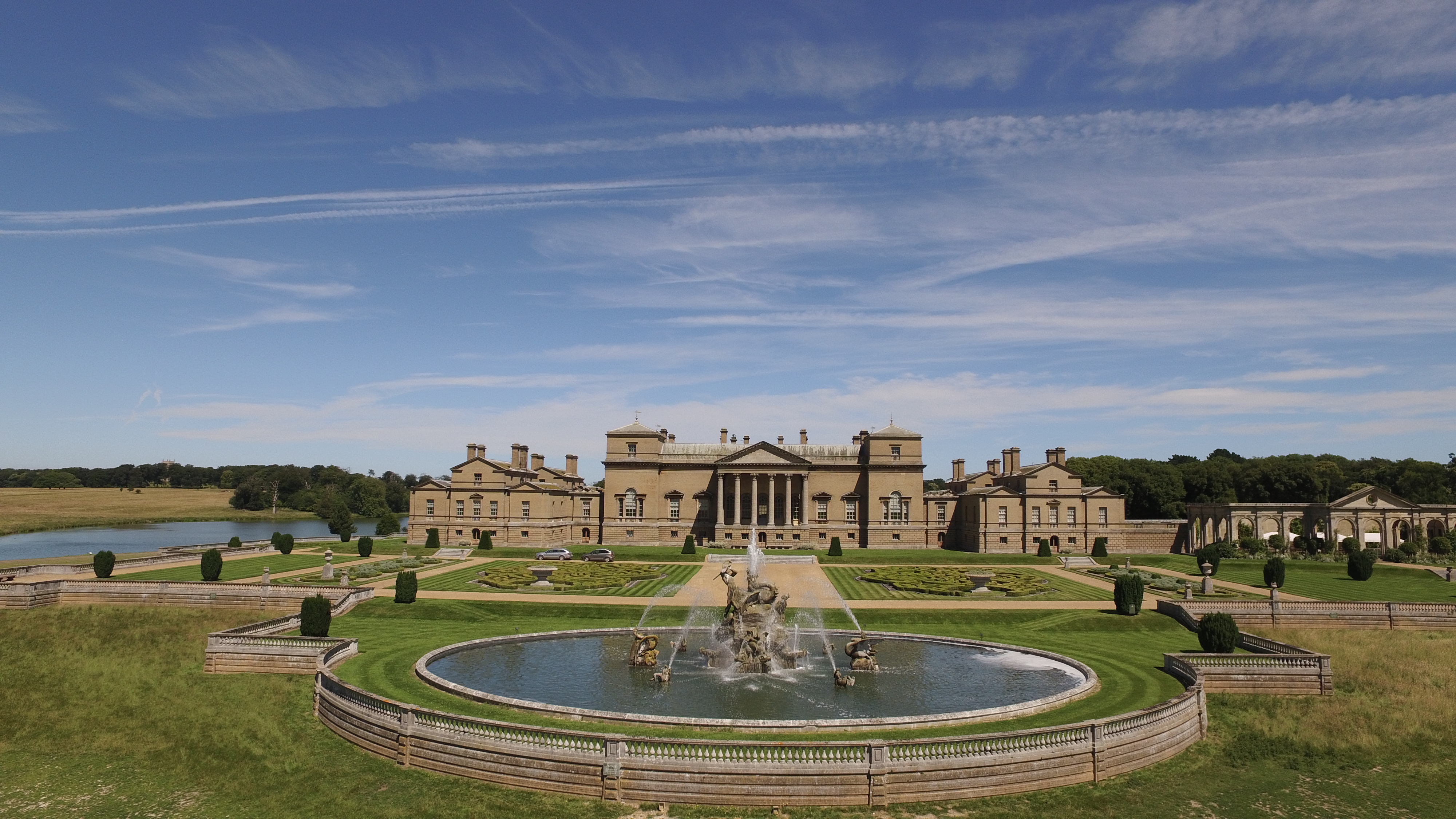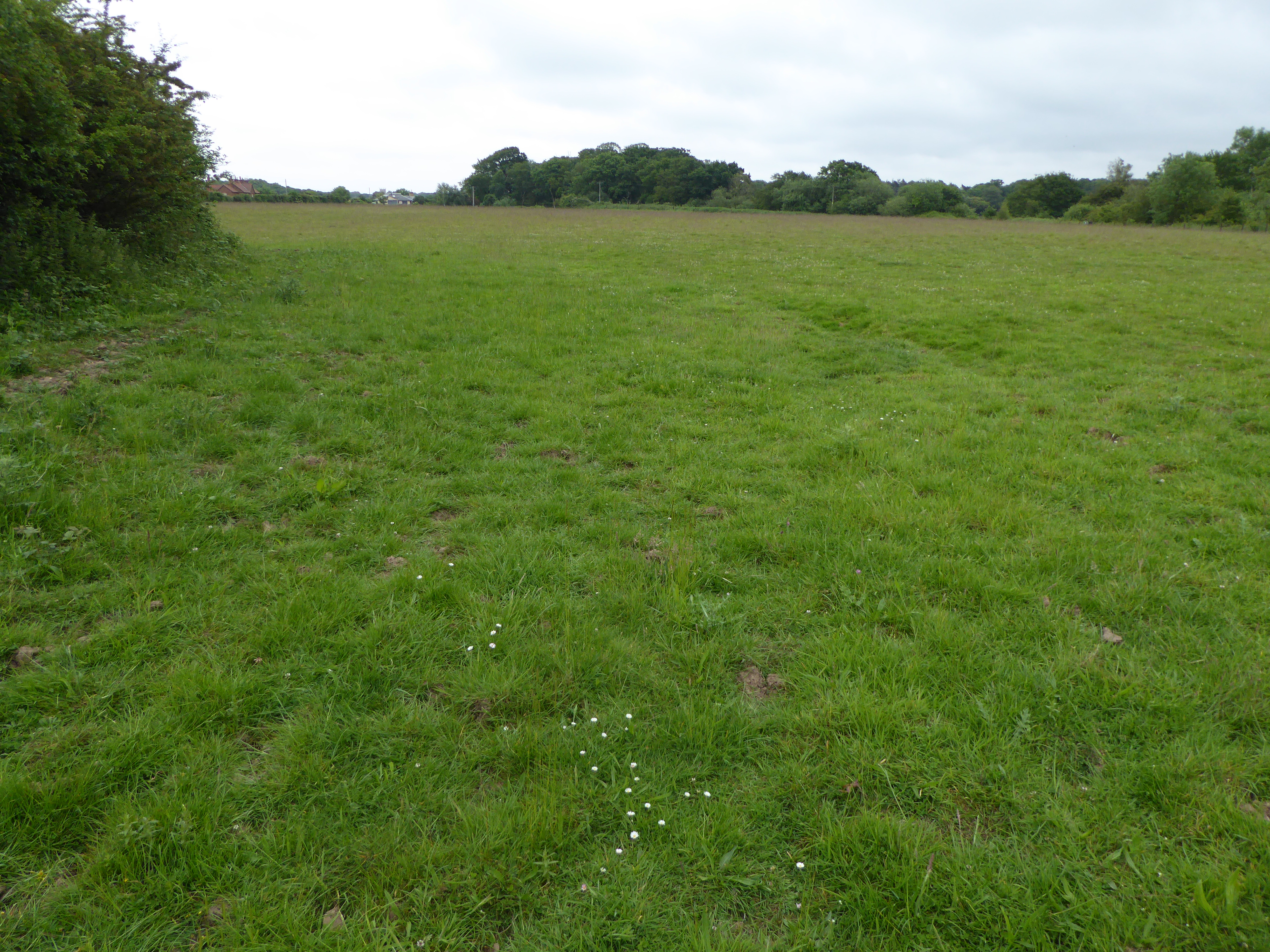Baker's Clump
Wood, Forest in Norfolk North Norfolk
England
Baker's Clump
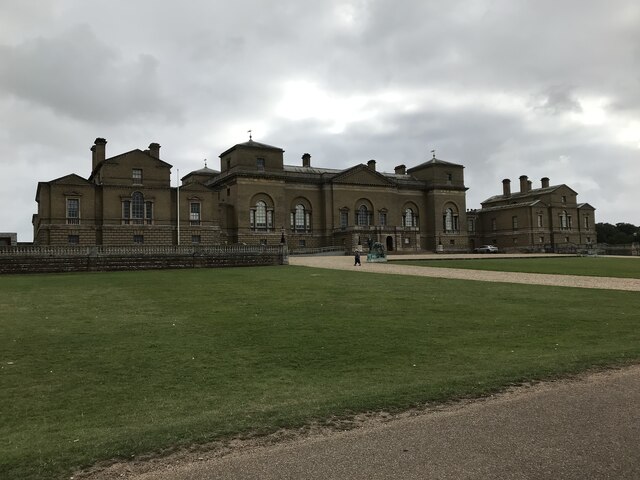
Baker's Clump is a charming wood located in the county of Norfolk, England. Nestled in the heart of the countryside, this forested area covers approximately 20 acres and is a popular destination for nature enthusiasts and outdoor adventurers.
The wood is named after the Baker family, who were the original owners of the land in the 19th century. It is believed that the family used the area for timber production, as evidence of old saw pits and logging trails can still be seen today.
Baker's Clump is predominantly made up of broadleaf trees such as oak, beech, and ash, creating a diverse and visually stunning landscape. The forest floor is covered in a thick carpet of ferns, wildflowers, and mosses, adding to its natural beauty.
Visitors to Baker's Clump can explore a network of well-marked walking trails that wind through the forest. These trails offer a variety of difficulty levels, making it suitable for people of all ages and fitness levels. Along the way, hikers may encounter an abundance of wildlife, including deer, foxes, and a wide variety of bird species.
In addition to its natural splendor, Baker's Clump offers several amenities to enhance visitors' experiences. There is a small picnic area with benches and tables, allowing visitors to relax and enjoy a packed lunch amidst the tranquil surroundings. It is also worth noting that the wood is maintained by a local conservation group, ensuring its preservation and promoting sustainable use of the land.
Overall, Baker's Clump is a picturesque wood in Norfolk, offering a peaceful retreat for those seeking solace in nature.
If you have any feedback on the listing, please let us know in the comments section below.
Baker's Clump Images
Images are sourced within 2km of 52.947471/0.78906775 or Grid Reference TF8742. Thanks to Geograph Open Source API. All images are credited.



Baker's Clump is located at Grid Ref: TF8742 (Lat: 52.947471, Lng: 0.78906775)
Administrative County: Norfolk
District: North Norfolk
Police Authority: Norfolk
What 3 Words
///lawyer.conned.cooked. Near Wells-next-the-Sea, Norfolk
Nearby Locations
Related Wikis
Holkham Hall
Holkham Hall ( or ) is an 18th-century country house near the village of Holkham, Norfolk, England, constructed in the Neo-Palladian style for the 1st...
Art collections of Holkham Hall
The art collection of Holkham Hall in Norfolk, England, remains very largely that which the original owner intended the house to display; the house was...
Holkham Brick Pit
Holkham Brick Pit is a 0.5-hectare (1.2-acre) geological Site of Special Scientific Interest west of Wells-next-the-Sea in Norfolk. It is a Geological...
Peterstone Priory
Peterstone Priory a house of Augustinian Canons, was a priory in Burnham Overy, Norfolk, England. It was founded before 1200 and incorporated 1449. �...
Nearby Amenities
Located within 500m of 52.947471,0.78906775Have you been to Baker's Clump?
Leave your review of Baker's Clump below (or comments, questions and feedback).
